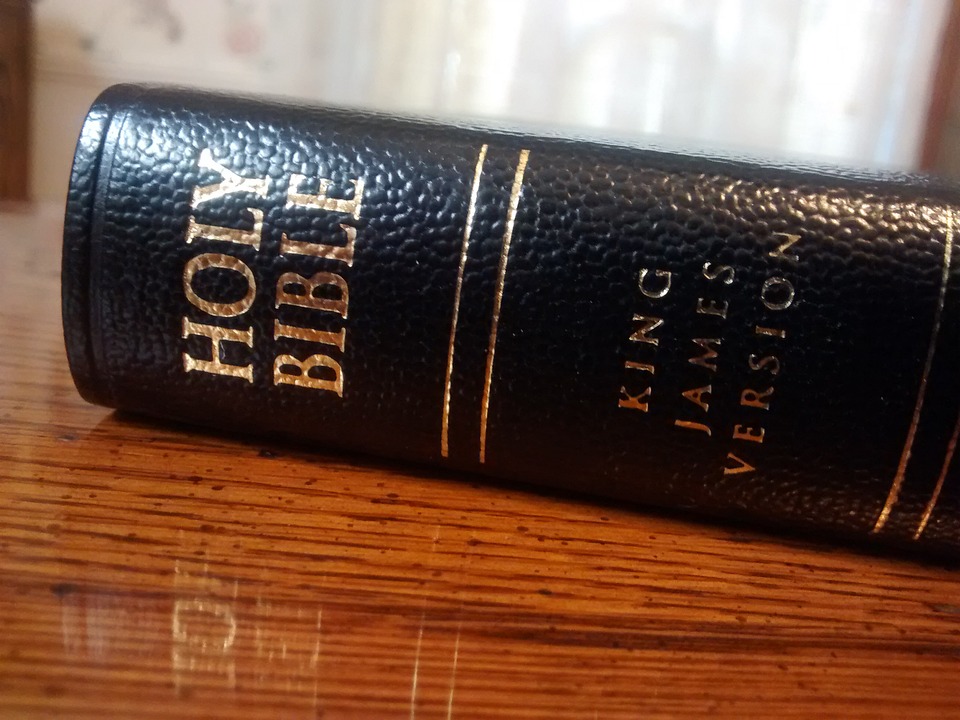 The New Testament In Detail
The New Testament In Detail
The New Testament contains 27 books. Like the Old Testament, the books are not in chronological order, and are separated into categories, Gospels, History, Letters, and Prophecy.
THE BOOKS OF THE GOSPELS CONTAINS FOUR BOOKS
The four books known as the Gospels record the birth, life, ministry, teachings, death and resurrection of Jesus Christ. The approach of each book differs:
Matthew: Emphasizes Jesus Christ as King and was directed especially to the Jews.
Mark: Emphasizes Jesus Christ as the Servant of God and was directed especially to the Romans.
Luke: Presents Jesus Christ as the “Son of Man,” the perfect man and Savior of imperfect men.
John: Presents Jesus in His position as the Son of God.
THE BOOK OF HISTORY
Acts: The one history book of the New Testament records the early growth of Christianity from the time of Christ’s return to Heaven through Paul’s imprisonment in Rome. The book covers about 33 years and emphasizes the work of the Holy Spirit.
THE EPISTLES (LETTERS) CONTAINS TWENTY-ONE BOOKS
Romans: A presentation of the Gospel which stresses salvation by faith alone.
I Corinthians: Written to correct errors of Christian conduct in the local church.
II Corinthians: Speaks of the true ministry of the Gospel, stewardship, and Paul’s apostolic authority.
Galatians: Deals with the error of mixing law and faith. The theme is justification by faith alone.
Ephesians: Encourages believers regarding their position in Christ.
Philippians: Emphasizes the joy of Christian unity.
Colossians: Deals with the error of “Gnosticism,” a false teaching which denied Jesus was truly Son of God and Son of Man. The book also emphasizes Jesus as head of the Church.
I Thessalonians: Counsel in Christian living and emphasis on the return of Jesus.
II Thessalonians: Further instruction on the Lord’s return and how knowledge of this should affect everyday life.
I Timothy: Stresses sound doctrine, orderly church government, and principles to guide the church in the years to come.
II Timothy: Describes the true servant of Jesus Christ. It also warns of the apostasy (spiritual decline) which had already started. It presents the Word of God as the remedy to correct all error.
Titus: Paul’s letter to a young minister named Titus who was serving God on the island of Crete. Doctrine and a Godly life are stressed.
Philemon: Paul’s intercession for a runaway slave of a wealthy Colossian Christian. It illustrates the intercession of Jesus on the behalf of believers who were once slaves to sin.
Hebrews: Explains the superiority of Christianity over Judaism. Presents Jesus as the Great High Priest and the mediator between God and man.
James: Teaches that true faith is evidenced by works, although salvation is by faith alone.
I Peter: A letter of comfort and encouragement to believers, especially those suffering spiritual attacks from outside the church through unbelievers.
II Peter: A warning against spiritual attacks from within. For example, false teachers who had already “crept” into the Church.
I John: Written to combat Gnosticism which denied Christ’s position as Son of God and Son of Man. The book emphasizes fellowship and love among believers and assures true believers of eternal life.
II John: Warns against any compromise with doctrinal error and emphasizes that the truth must be guarded in love.
III John: Warns of the sin of refusing fellowship with those who are true believers.
Jude: Another warning against apostasy and false doctrine. The theme is similar to that of II Peter.
THE BOOK OF PROPHECY
Revelation: This prophetic book tells of the final events of world history. It tells of the things which were, are, and which will be in the future plan of God (Revelation 4:22).
